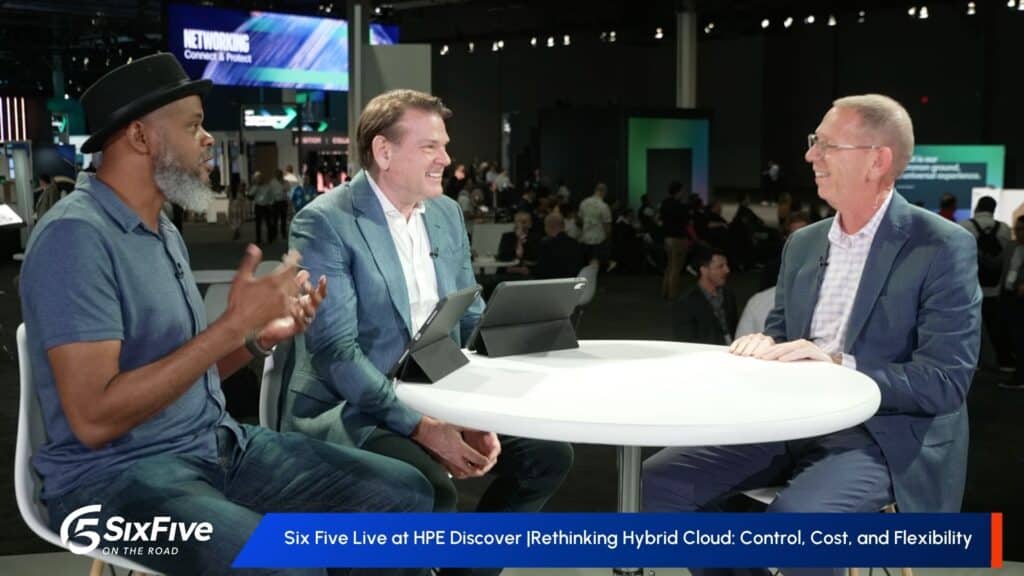Product reviews are tremendously important to consumers prior to purchase, new research on the subject shows, and both review volume and review recency do matter to shoppers. Moreover, the study found that consumers were more likely to convert (i.e., purchase a product) when their exposure to product reviews was increased.
These and other findings can be found in a wide-ranging study on consumer behavior by PowerReviews titled The Power of Review Recency and Volume, which drew on insights from more than 9,000 active consumers and shopper behavior across 1.2 million product pages. Chicago-based PowerReviews provides a software solution that lets brands and retailers host product reviews on their websites.
Among the key findings, the study said that nearly 70% of shoppers read between 1 and 25 consumer reviews before they buy a product. However, the age of the review played a significant role in the shopping process for consumers.
A whopping 97% of consumers regarded review recency to be “at least somewhat important” when considering a purchase. Some 44% wanted access to reviews written within the past month, while 38% would not purchase a product if the only reviews available were older than 90 days. And a full 86% placed even more importance on the recency of reviews when buying a product or brand for the first time.
Shoppers paid attention likewise to the quantity of available reviews. At least 79% said they “always” or “regularly” considered review volume in the purchasing process. Consumers also tended to have very high expectations on volume, even though they were able to accept far lower levels.
For instance, 23% said products should have more than 500 reviews. Yet for consumers to feel comfortable with their purchase, all it took was between 1 and 25 reviews to accomplish the mission. This was also true with reading: While consumers may expect plenty of reviews to be available, a majority—69%—read just between 1 and 25 reviews when considering a product.
One interesting revelation was the tradeoff between recency and volume. The study found that 64% of consumers were more likely to buy a product with fewer, more recent reviews than if it had a higher volume of reviews published three or more months ago.
Overall, product reviews have a major conversion influence on shoppers. For shoppers exposed to 5,000 or more reviews, the study reported a 296% lift in conversion to purchasing, compared to those to whom no reviews had been shown. And for visitors exposed to more than 5,000 reviews, the conversion rate was 122.1% higher than those exposed to between 1 and 100 reviews.
Andrew Smith, vice president of marketing at PowerReviews, said brands and retailers often make the mistake of thinking that review recency is not as important as review volume. However, the study shows that the recency factor is of equal importance to consumers.
“Essentially, review collection is not a ‘one and done’ activity: it’s something that needs to be an ongoing effort,” Smith said. He also noted the importance of review volume, as shown by the conversion rate of those exposed to product reviews, for which, Smith said, “it really is a case of the more the merrier.”
Author Information
Alex is responsible for writing about trends and changes that are impacting the customer experience market. He had served as Principal Editor at Village Intelligence, a Los Angeles-based consultancy on technology impacting healthcare and healthcare-related industries. Alex was also Associate Director for Content Management at Omdia and Informa Tech, where he produced white papers, executive summaries, market insights, blogs, and other key content assets. His areas of coverage spanned the sectors grouped under the technology vertical, including semiconductors, smart technologies, enterprise & IT, media, displays, mobile, power, healthcare, China research, industrial and IoT, automotive, and transformative technologies.
At IHS Markit, he was Managing Editor of the company’s flagship IHS Quarterly, covering aerospace & defense, economics & country risk, chemicals, oil & gas, and other IHS verticals. He was Principal Editor of analyst output at iSuppli Corp. and Managing Editor of Market Watch, a fortnightly newsletter highlighting significant analyst report findings for pitching to the media. He started his career in writing as an Editor-Reporter for The Associated Press.







